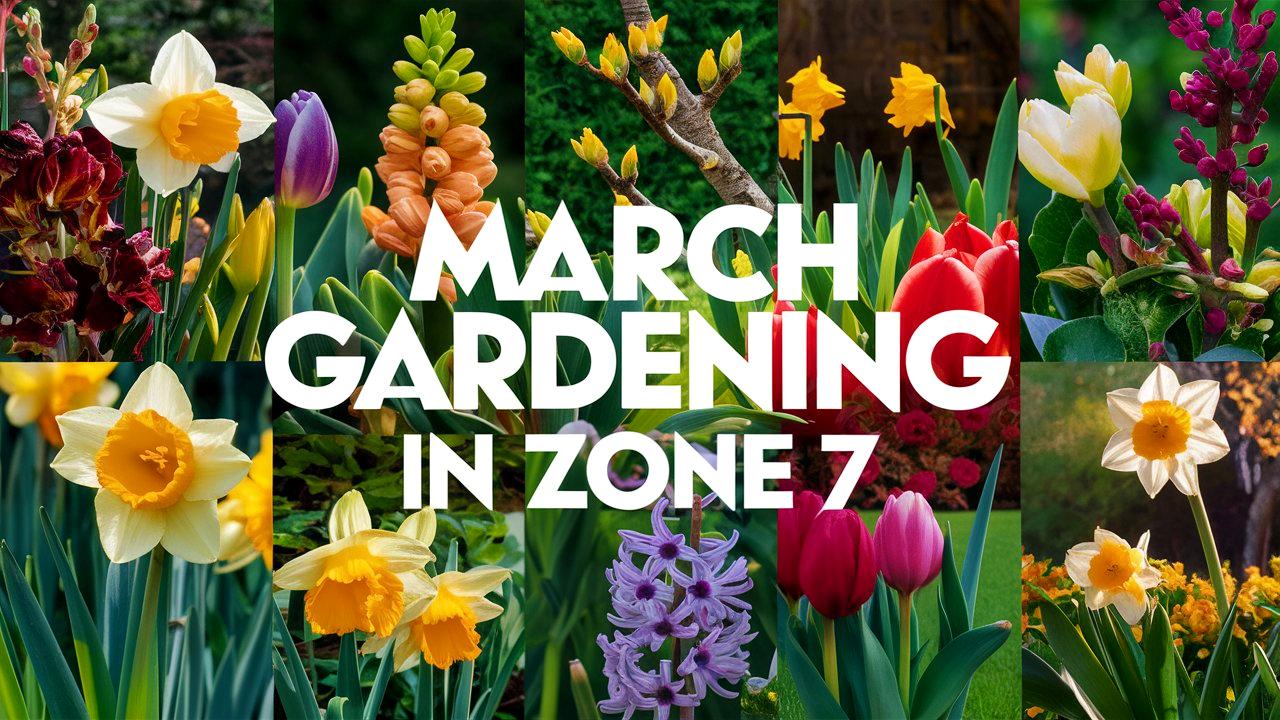March marks a pivotal transition in the gardening calendar for those in Zone 7, where the promise of spring begins to materialize. The weather can be unpredictable, swinging between warm days and late frosts. However, with the right preparation and knowledge, gardeners can take full advantage of March to ensure a fruitful growing season ahead.
This guide will explore essential gardening tasks, planting tips, and a careful selection of vegetables and herbs suitable for this zone, geared particularly towards beginners.
March Garden To-Do List

As winter recedes, the first priorities for gardeners include cleanup and preparation. A well-thought-out to-do list can help you stay organized and make the most out of your gardening this month.
Remove Debris: Clear your garden of any leaves, dead plants, and other debris that may have accumulated over the winter months. This will help prevent diseases that can reside in decaying matter.
Soil Preparation: Inspect your soil for drainage issues or compaction. Consider turning the soil and adding organic matter like compost. This will enhance soil texture and provide essential nutrients for your plants.
Tools Maintenance: Sharpen and clean your gardening tools to improve efficiency and effectiveness. Properly maintained tools can also reduce the spread of disease.
Mulching: Apply a layer of mulch around perennial plants and shrubs to suppress weeds and regulate soil temperature. Mulching is particularly helpful as the warmer weather approaches.
Start Seeds Indoors: Begin sowing seeds for cool-season vegetables indoors if you haven’t already. This allows you to get a head start on your garden and ensures seedlings are ready for transplanting when the weather permits.
Plan Your Layout: Take the time to design your garden layout. Consider companion planting, crop rotation, and your space’s sunlight and water availability to optimize growth.
Check Planting Calendar: Familiarize yourself with local frost dates and create a planting schedule based on these to protect delicate seedlings.
By focusing on these tasks, you set the stage for a successful gardening season in Zone 7.
March Planting Tips
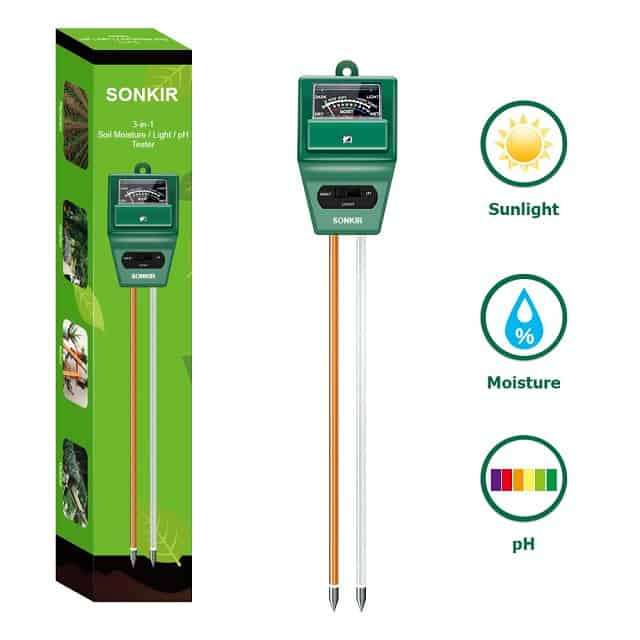
March is an exciting month for gardeners, especially those in Zone 7, where temperatures begin to rise, making it conducive for planting. Here are some essential planting tips to consider this March:
Monitor Soil Temperature: Before planting, check if your soil temperature is consistently above 40°F (4°C) for root crops and around 60°F (15.5°C) for warm-season crops. You can use a soil thermometer to accurately gauge the conditions.
Stagger Planting: For crops like lettuce and radishes, consider staggered planting at intervals of 1-2 weeks. This technique helps to prolong the harvest period.
Consider Frost Dates: In most parts of Zone 7, the last frost date generally falls between mid-March and early April. Be cautious about planting sensitive crops before this date, and have protective materials (like row covers) handy.
Water Wisely: Early spring can also bring heavy rains. Ensure that plants are not overwatered by checking for waterlogged soil. Conversely, if it’s dry, water your new seedlings adequately in the morning.
Hardening Off: If you’ve started seedlings indoors, gradually acclimate them to outdoor conditions by moving them outside for a few hours each day, increasing their time outdoors gradually over a week.
These tips will prepare you to make the most of your planting efforts and navigate the sometimes unpredictable weather effectively.
March Planting Guide for Zone 7 – What to Plant
March is the time to start planting a variety of vegetables and herbs that thrive in Zone 7. Here’s an in-depth guide on what to sow this month.
Romaine Lettuce
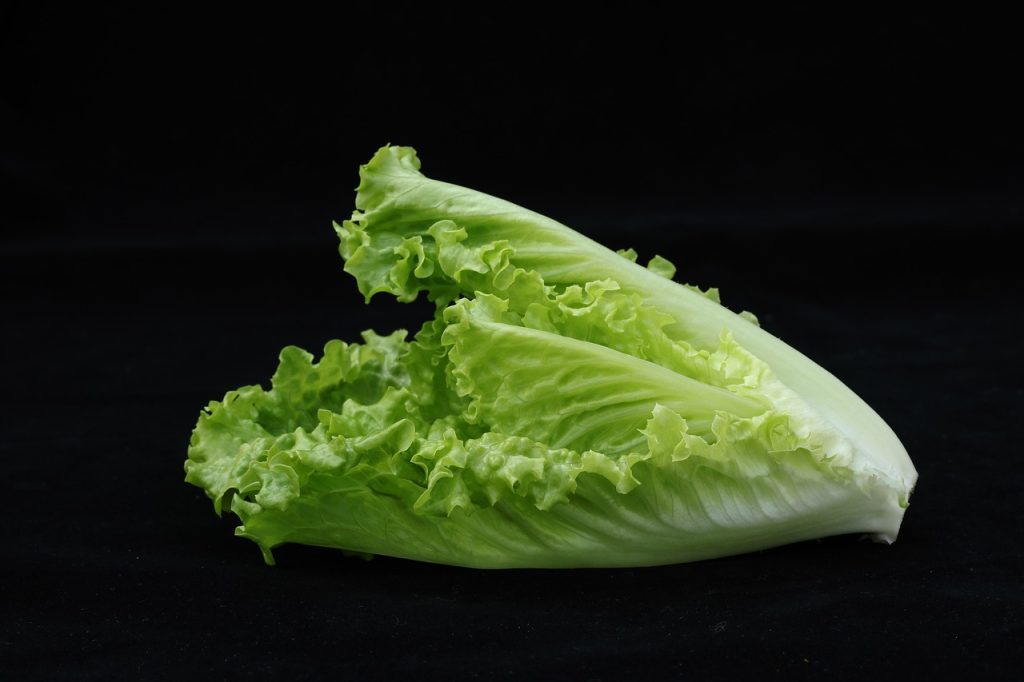
Lettuce thrives in cooler temperatures, making it an optimal choice for early spring planting. Romaine lettuce, in particular, is a popular variety known for its crisp texture and hearty leaves.
Planting Method: You can sow romaine directly in the ground or start it indoors 4-6 weeks before the last frost date. Transplant seedlings outdoors when they’re around three inches tall.
Spacing: Space seeds about 12 inches apart to allow ample room for growth.
Maintenance: Keep the soil consistently moist and provide some shade during the hottest part of spring to prevent bolting.
Cabbage
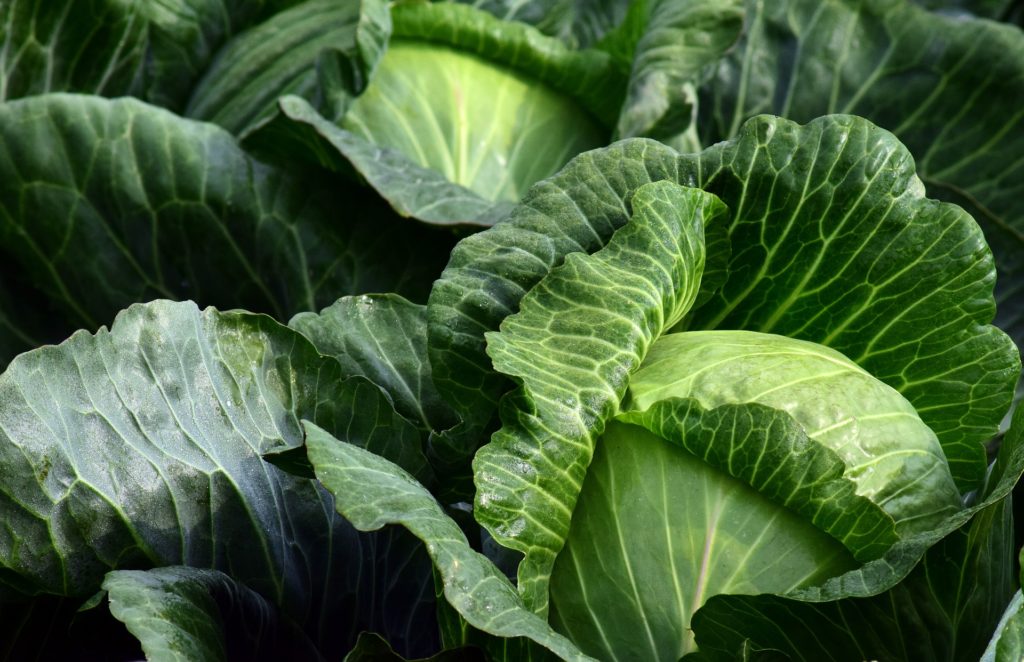
Another cool-loving vegetable, cabbage is ideal for planting in March. It provides a robust yield and can be used in various dishes.
Planting Method: Start seeds indoors if you prefer, otherwise, direct sow seeds about ¼ to ½ inch deep in the ground.
Spacing: When transplanting, space cabbage plants about 18 inches apart to allow for their larger growth.
Maintenance: Cabbage requires plenty of nutrients, so ensure it’s planted in rich, well-drained soil and consider applying a balanced fertilizer.
Beets
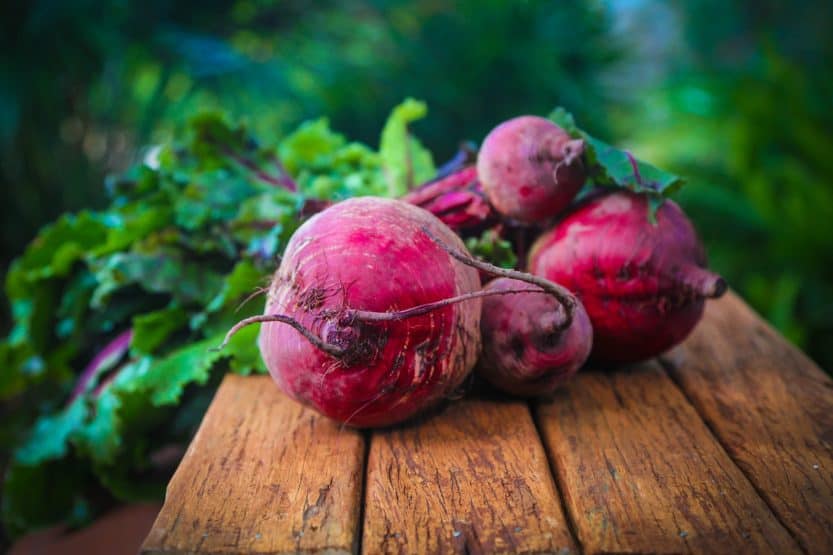
A nutritious root vegetable, beets can be enjoyed in salads, soups, and side dishes. They are resilient and can be planted quite early in March.
Planting Method: Sow seeds directly into the garden, as they do not transplant well. Plant about 1 inch deep and 2-3 inches apart.
Spacing: Thin seedlings to about 4-6 inches apart once they reach a few inches in height to allow adequate space for growth.
Maintenance: Keep soil moist and consider mulching to retain moisture and suppress weeds, particularly as temperatures begin to rise.
Carrots
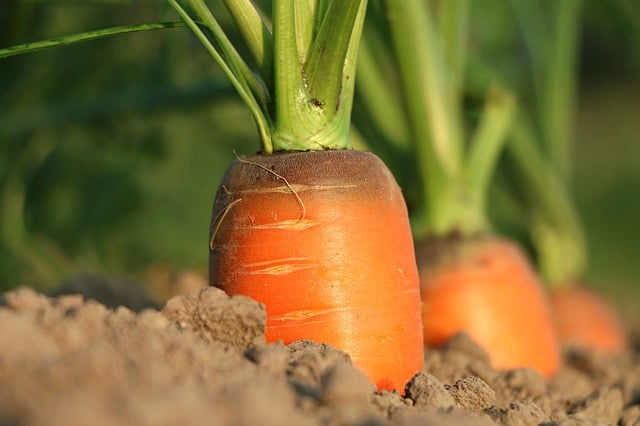
Carrots love the cooler weather of early spring and are another great crop for March planting.
Planting Method: Direct sow seeds into well-worked soil about ¼ to ½ inch deep.
Spacing: Carrots should be spaced around 2 inches apart in rows that are about 12-18 inches apart.
Maintenance: Ensure the soil is kept consistently moist until seeds germinate (which can take a couple of weeks). Thin seedlings after they sprout to prevent overcrowding.
Parsnips
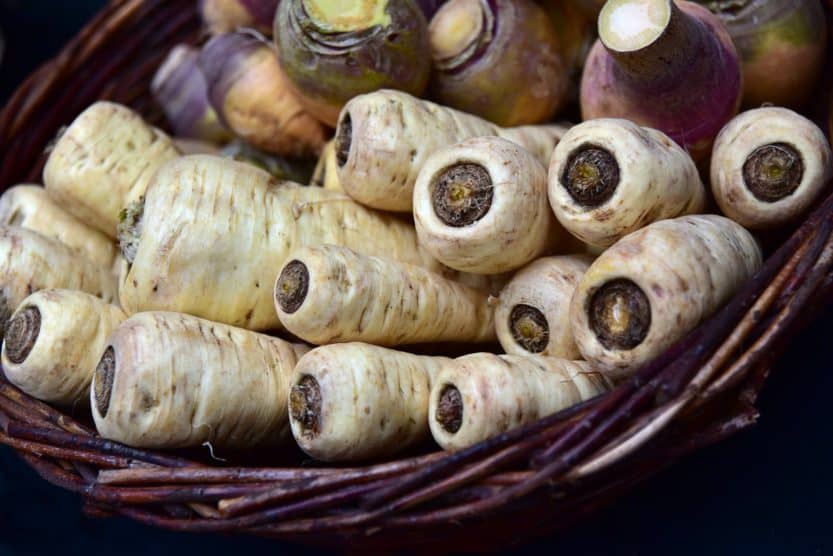
Parsnips thrive in cooler conditions and prefer to be sown directly into warmer soils. They are sweet and nutritious, making them a wonderful addition to your vegetable garden.
Planting Method: Like carrots, parsnips should be direct sown about 1 inch deep, once soil temperatures consistently reach 45°F (7°C).
Spacing: Space parsnips approximately 4-6 inches apart to give them enough room to grow.
Maintenance: As with other root vegetables, keep the soil regularly moist and mulch to keep weeds at bay.
Turnips
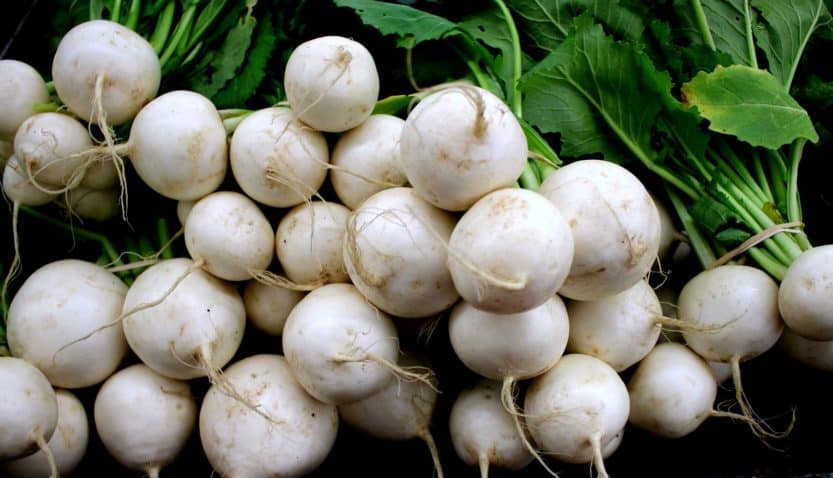
Turnips are quick-growing and excellent for early spring gardens. They can be harvested quickly and their greens are also edible.
Planting Method: Sow seeds directly about ½ inch deep in well-drained, fertile soil.
Spacing: Thin seedlings to about 4 inches apart after they emerge to facilitate healthy growth.
Maintenance: Fertile soil and consistent moisture are vital for optimal turnip development; side-dress with compost or a balanced fertilizer for best results.
Radishes
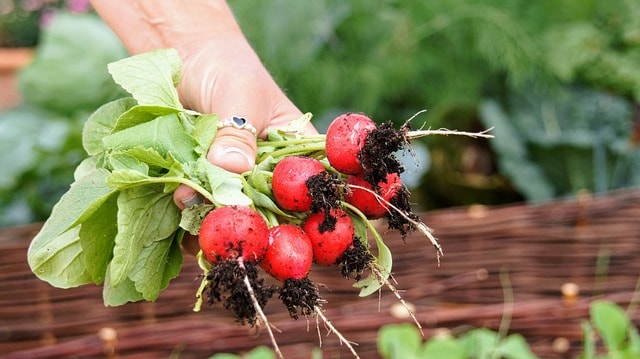
Radishes are one of the fastest-growing crops, making them a perfect candidate for March planting. They can be harvested in as little as 3-4 weeks from sowing.
Planting Method: Sow directly in the garden about ½ inch deep.
Spacing: Space seeds about 1 inch apart, and rows should be spaced 12 inches apart to allow for easy harvesting.
Maintenance: Radishes prefer cooler temperatures; ensure to keep the soil evenly moist, especially as they mature.
Peas
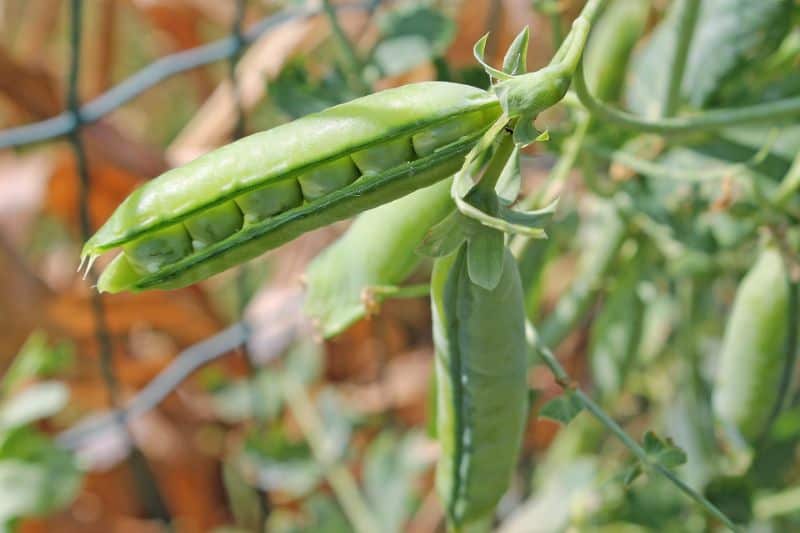
Peas thrive in the cool spring weather and can be planted directly in the garden as soon as the soil is workable.
Planting Method: Sow peas 1-2 inches deep for best results.
Spacing: Space seeds about 2 inches apart, and provide support for climbing varieties using trellises or stakes.
Maintenance: Regular watering is necessary, especially during dry spells, and consider using a balanced fertilizer at planting. Protect young seedlings from pests with row covers.
Herbs
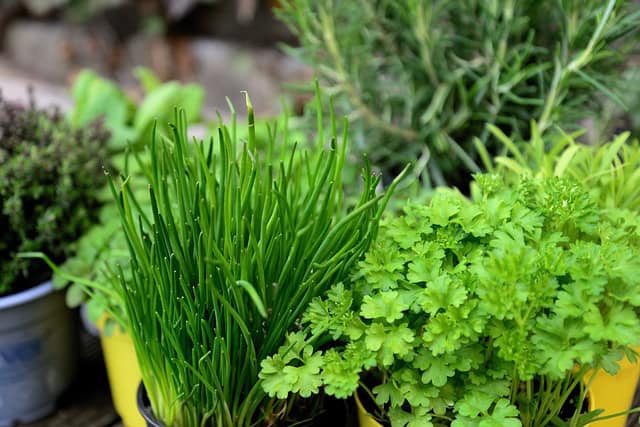
Herbs not only enhance the flavor of your meals but also invite beneficial pollinators into your garden. Here are some herbs you can start planting in March.
Chives
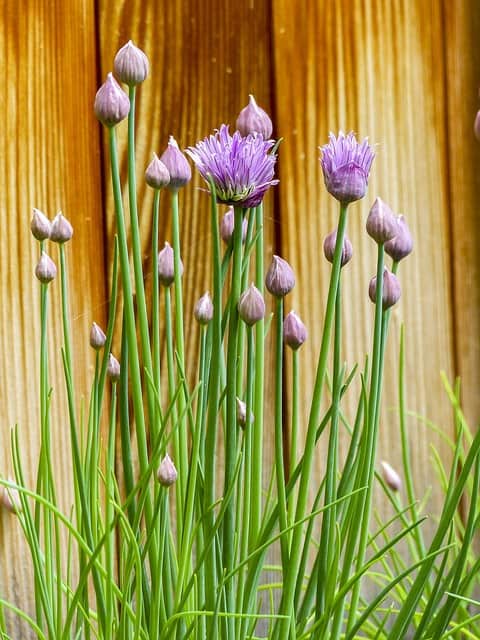
Chives are one of the first herbs that can be planted in spring. They are hardy and can withstand frost.
Planting Method: Sow seeds or divisions about ¼ to ½ inch deep directly in the garden.
Spacing: Space plants about 6-12 inches apart.
Maintenance: Water regularly and trim back flower stalks to encourage growth.
Dill
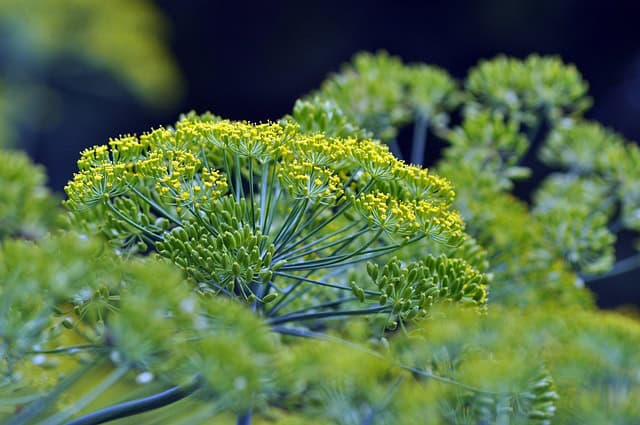
Dill is not only a flavorful herb but also attracts beneficial insects. It is perfect for planting in March.
Planting Method: Sow seeds directly about 1 inch deep.
Spacing: Space seeds 12 inches apart to allow for full growth.
Maintenance: Keep the soil moist and consider removing flowers to prolong leaf production.
Sage
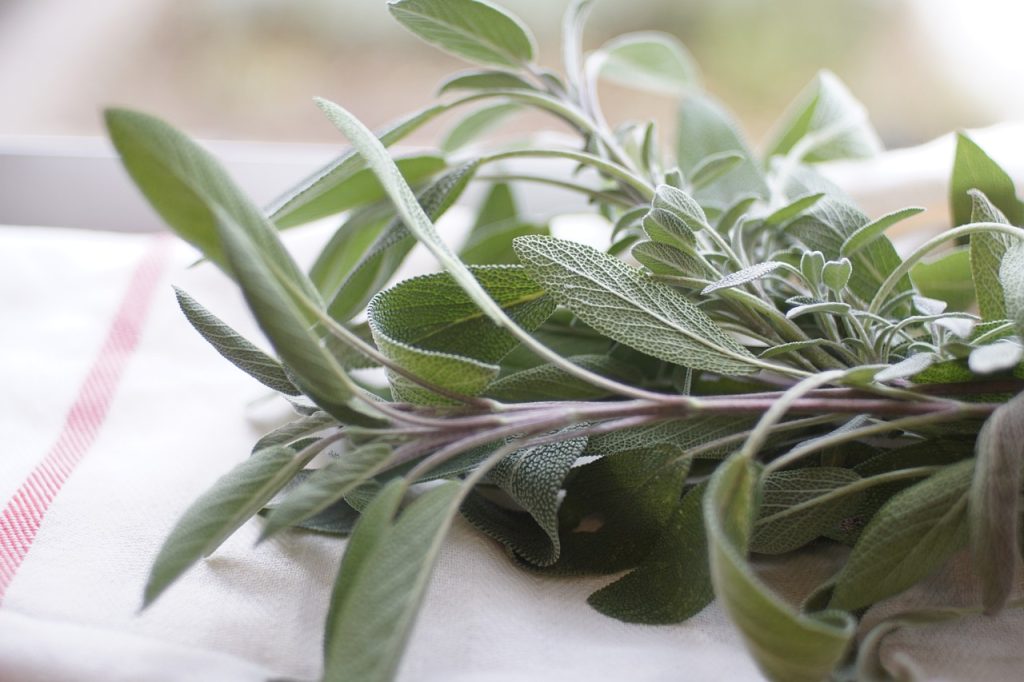
Sage is a drought-tolerant herb that thrives in the sun. March is an ideal month to plant it.
Planting Method: Sow seeds about ¼ inch deep or transplant established plants.
Spacing: Plant sage about 18 inches apart in a sunny spot.
Maintenance: Allow the soil to dry out between watering to avoid root rot; prune regularly to encourage bushy growth.
Thyme
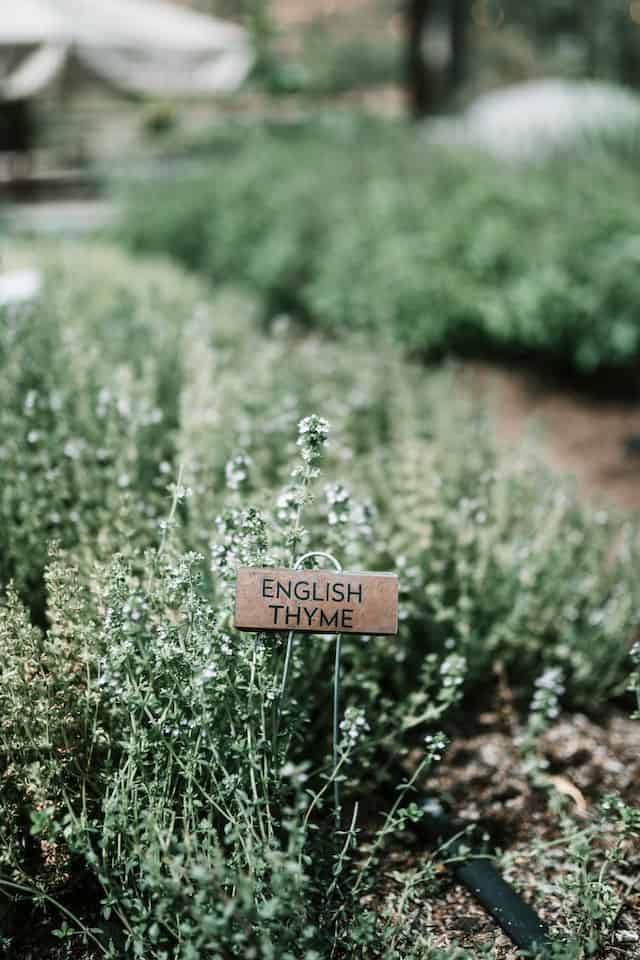
Thyme is a versatile herb that can grow well in poor soils and is drought-resistant.
Planting Method: Sow seeds about 1/4 inch deep, or transplant seedings.
Spacing: Space plants about 12 inches apart.
Maintenance: Water lightly until established, and then it can thrive on less water.
Cilantro
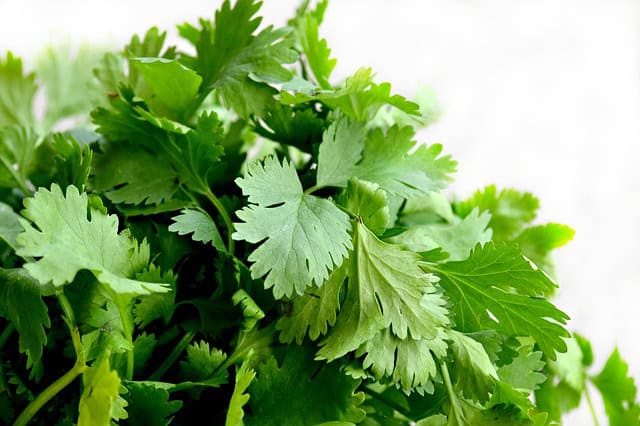
Cilantro is perfect for cool weather and can be sown directly in the garden as the temperatures begin to rise.
Planting Method: Sow seeds about 1/4 inch deep.
Spacing: Space seeds 6 inches apart for optimal growth.
Maintenance: Keep the soil consistently moist and harvest leaves before they flower to prevent the plant from going to seed too soon.
As a beginner gardener in Zone 7, March is an exciting month that brings new opportunities and the promise of a bountiful harvest. By following the to-do list, utilizing planting tips, and selecting the right crops and herbs, you will be well on your way to a thriving garden. Embrace the joys of gardening, learn from your experiences, and watch your efforts come to fruition throughout the spring and into the warmer months


